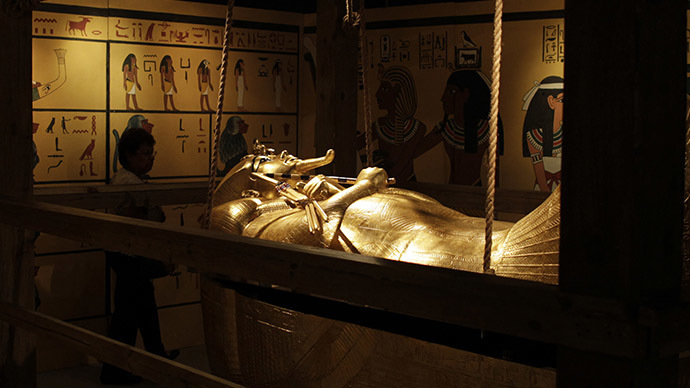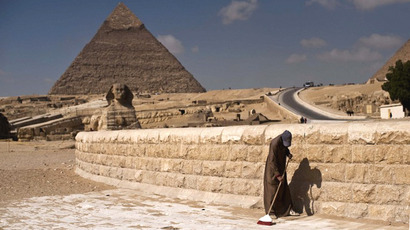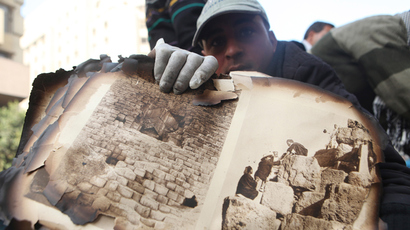Tutankhamun died of illness, not from chariot racing

Scientists believe Egyptian King Tutankhamun died of illness, rather than from a chariot crash, as was long believed. A ‘virtual autopsy’ showed that the boy king suffered from genetic deficiencies and that his parents were probably brother and sister.
The autopsy was carried out by using in excess of 2,000 computer scans, alongside genetic analysis of Tutankhamun, by using DNA from his body. Speaking to the Independent newspaper, Professor Albert Zink, who is the head of the Institute for Mummies and Icemen in Italy says he is fairly sure that the young pharaoh did not die as a result of a chariot accident.
“It was important to look at his ability to ride on a chariot and we concluded it would not be possible for him, especially with his partially clubbed foot, as he was unable to stand unaided.
“We need further genetic analysis because that would give us more insight into his conditions,” he said. He added that the young royal’s death was most likely caused from his being in a weakened state as a result of genetic impairments inherited from his parents who were brother and sister.
“On the other hand he suffered from malaria so it is difficult to say whether that may have been a serious factor in the cause of death,” professor Zink said, emphasizing there was still more research to be done.

The autopsy also revealed that the child king suffered from a club foot, which gives the appearance that one is walking on his or her ankle. Due to this disability, it would have been very difficult for Tutankhamun to have ridden a chariot. 130 walking sticks were also found in his tomb, which would further support evidence that he was unable to walk unaided.
Scientists also discovered that Tutankhamun had suffered only one broken bone before he died, while other breaks occurred later, such as his fractured skull. Ashraf Selim told the Times newspaper that “There is only one site where we can say the fracture happened before he died and that is the knee.” He also added that, “It’s a big trauma. This fracture happened shortly before he died and before embalming.”
The experts say that inbreeding would have played a role in his deformities and an inherited disease is likely to have eventually have killed him. Previous theories concerning his death had been that he was murdered, due to his fractured skull. However, it is now believed the break happened due to natural causes as his body was mummified.














